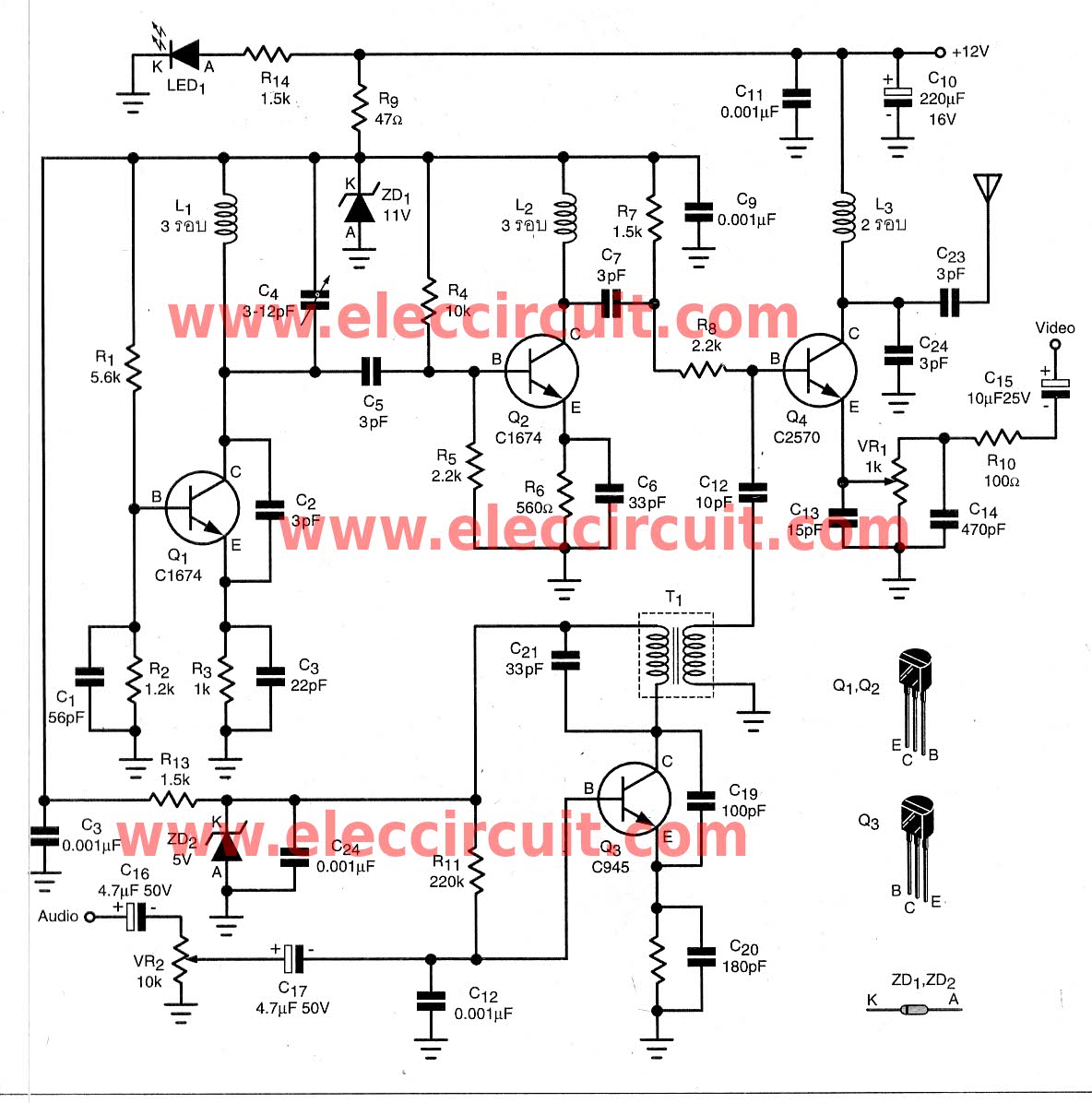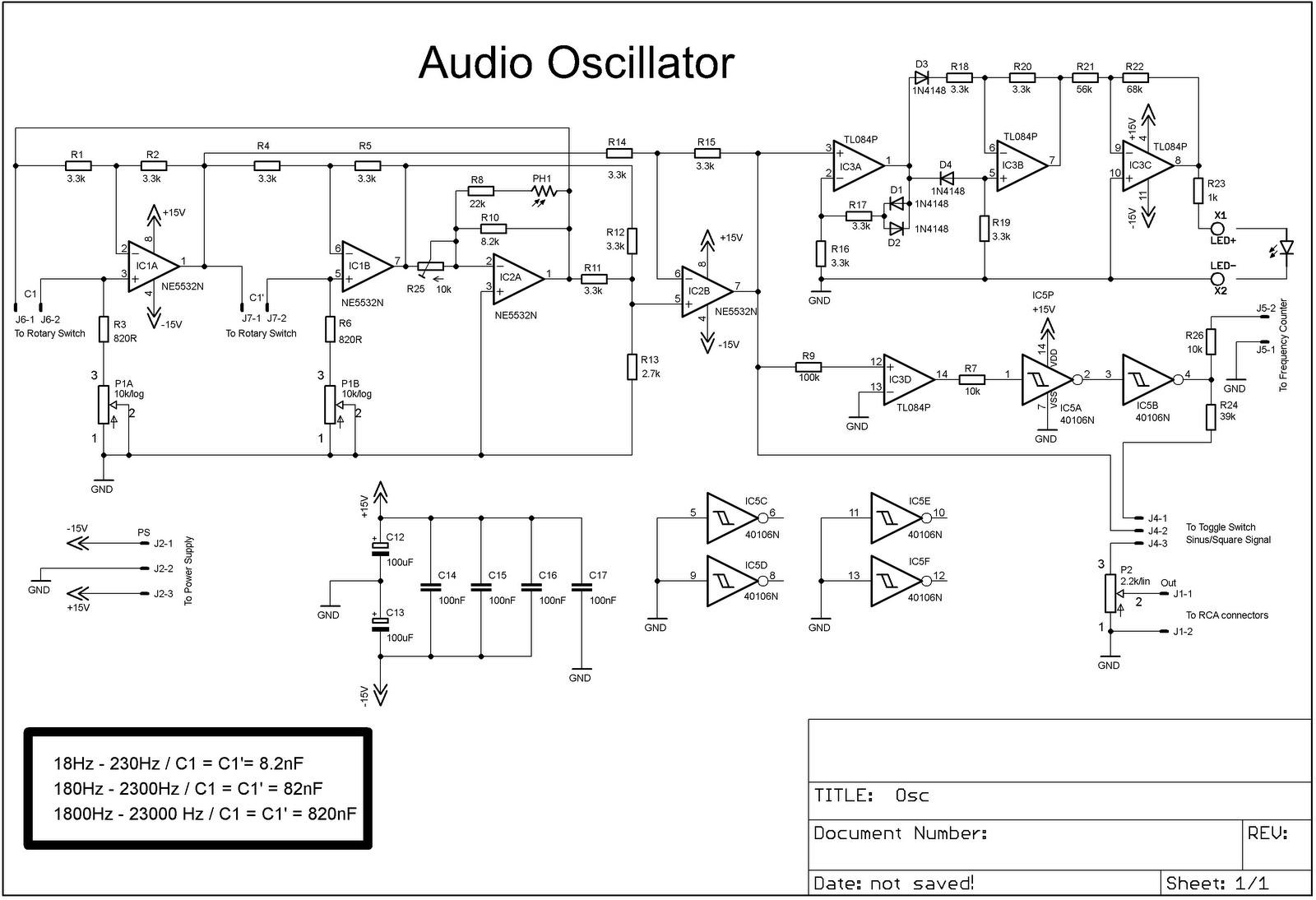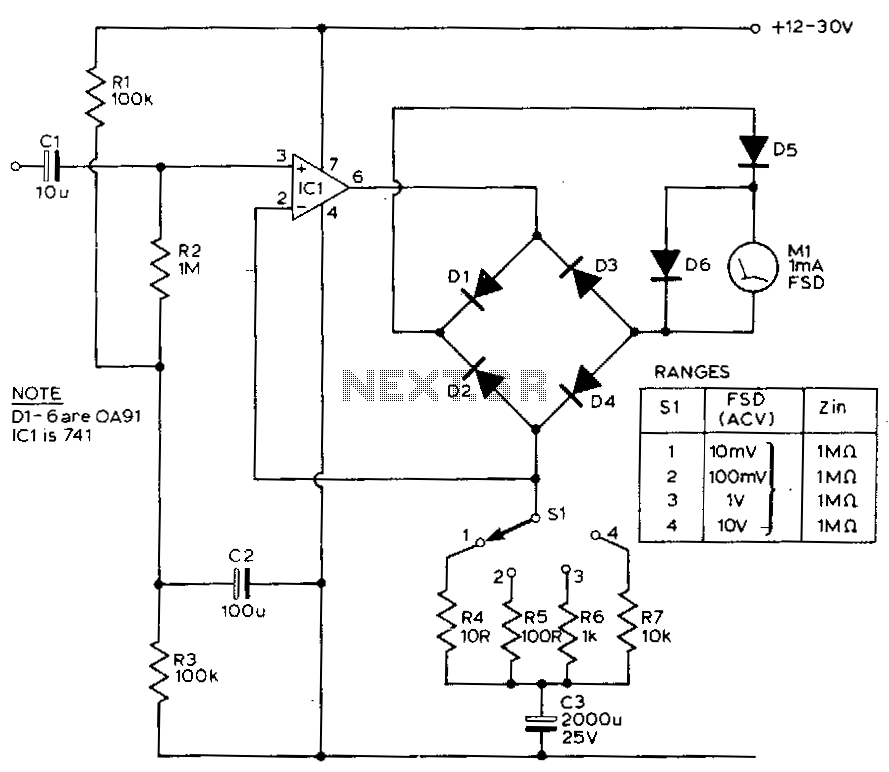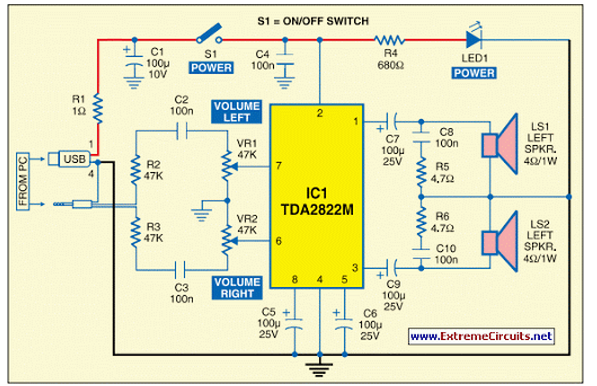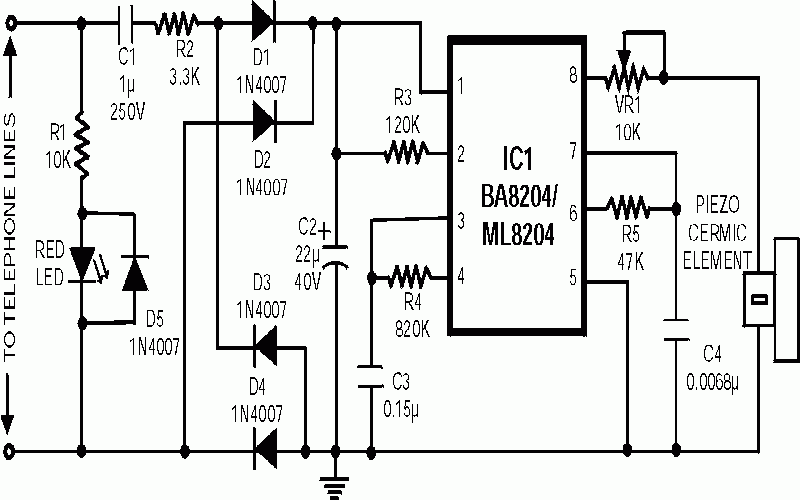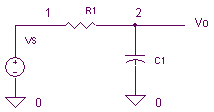
Audio notch filter 2

The circuit illustrated here demonstrates that the response at one octave off-tune remains within 10% of the far-out response. The sharpness of the notch can be adjusted by increasing or decreasing the 68-ohm resistor. The linearity tracking of resistors R8 and R9 does not influence the depth of the notch. Additionally, the signals at the high-pass (HP) and low-pass (LP) outputs are consistently in antiphase, ensuring that the notch remains very deep at the tuned frequency, regardless of tolerance variations in resistors R6 to R9 and capacitors C2 and C3.
The circuit operates as a notch filter, designed to attenuate a specific frequency while allowing other frequencies to pass through with minimal alteration. The use of a 68-ohm resistor plays a critical role in determining the sharpness of the notch; a higher resistance will result in a broader notch, while a lower resistance will create a sharper notch. This feature allows for fine-tuning of the filter's characteristics to meet specific application requirements.
Resistors R8 and R9 are part of the feedback network, which ensures the stability and performance of the filter. However, it is important to note that variations in these resistors do not affect the notch depth, indicating a robust design that maintains performance despite component tolerances. The interaction between the capacitors C2 and C3 with the resistors further shapes the frequency response, ensuring that the filter remains effective even with component variations.
The antiphase nature of the signals at the HP and LP outputs is a key characteristic of this circuit. This feature is crucial for applications requiring phase-sensitive operations, as it ensures that the output signals do not interfere with each other, maintaining clarity and precision in signal processing. The design's resilience to component tolerances enhances its reliability in practical applications, making it suitable for various electronic systems where precise frequency filtering is essential.With the circuit shown here the response at one octave off tune is within 10% of the far out response: notch sharpness may be increased or reduced by reducing or increasing.respectively the 68 ohm resistor. Linearity tracking of R8 and R9 has no effect on notch depth. The signals at HP and LP are always in antiphase, notch will always be very deep at the tuned frequency, despite tolerance variations in R6-9 and C2, C3.
The circuit operates as a notch filter, designed to attenuate a specific frequency while allowing other frequencies to pass through with minimal alteration. The use of a 68-ohm resistor plays a critical role in determining the sharpness of the notch; a higher resistance will result in a broader notch, while a lower resistance will create a sharper notch. This feature allows for fine-tuning of the filter's characteristics to meet specific application requirements.
Resistors R8 and R9 are part of the feedback network, which ensures the stability and performance of the filter. However, it is important to note that variations in these resistors do not affect the notch depth, indicating a robust design that maintains performance despite component tolerances. The interaction between the capacitors C2 and C3 with the resistors further shapes the frequency response, ensuring that the filter remains effective even with component variations.
The antiphase nature of the signals at the HP and LP outputs is a key characteristic of this circuit. This feature is crucial for applications requiring phase-sensitive operations, as it ensures that the output signals do not interfere with each other, maintaining clarity and precision in signal processing. The design's resilience to component tolerances enhances its reliability in practical applications, making it suitable for various electronic systems where precise frequency filtering is essential.With the circuit shown here the response at one octave off tune is within 10% of the far out response: notch sharpness may be increased or reduced by reducing or increasing.respectively the 68 ohm resistor. Linearity tracking of R8 and R9 has no effect on notch depth. The signals at HP and LP are always in antiphase, notch will always be very deep at the tuned frequency, despite tolerance variations in R6-9 and C2, C3.
